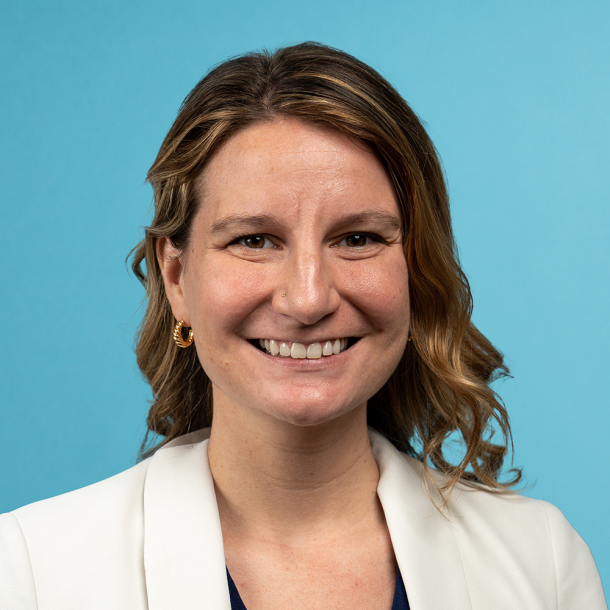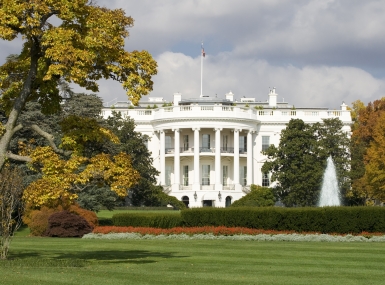Take action to protect nutrition support for women, infants and children
Author
Upcoming Events
Related News

Key Takeaways
As Congress negotiates government funding for Fiscal Year (FY 2024), the U.S. Department of Agriculture (USDA) is warning of a critical $1 billion budget shortfall within the Special Supplemental Nutrition Program for Women, Infants and Children (WIC). Counties urge Congress to take action to fully fund WIC to ensure no participants lose access to the program.
Who does WIC serve?
- WIC serves 6.7 million pregnant and post-partum women, infants and young children who are low-income and deemed nutritionally at risk.
- The program provides healthy foods, nutrition education, breastfeeding counseling and support, and critical referrals to health care and other social services.
- State agencies administer WIC through 1,900 local agencies in 10,000 clinic sites. Nearly 50 percent of WIC agencies function as part of local government, including counties, while clinic sites also include county health departments and other county agencies.
Why is WIC at risk of a budget shortfall?
- For the past 25 years, Congress has worked in a bipartisan manner to ensure WIC receives enough funding to serve every eligible participant who applies to the program.
- Due to rising food prices and recent uptick in demand for the program, current funding levels for would result in the program facing a $1 billion shortfall by the end of FY 2024.
- With the stopgap funding measures currently in place, Congress has given USDA flexibility to draw down WIC funds more quickly than usual to meet the unexpected costs facing the program.
- USDA is calling for a significant influx of funds by the end of March to ensure that states do not begin to run out of resources for the program.
What will happen if Congress does not fully fund WIC for FY 2024?
- Many states would likely implement waiting lists for applicants to reduce costs, affecting both new applicants and current participants program who are up for renewal of benefits.
- An estimated 2 million vulnerable county residents could be turned away from the WIC program by September.
Take action to protect WIC:
- Contact your members of Congress using this customizable template from the National WIC Association to urge full funding for the WIC program as Congress negotiates government funding for FY 2024.
Tagged In:
Resource
Legislative Toolkit for Counties: Priorities for Strengthening the Supplemental Nutrition Assistance Program (SNAP)

Related News
Stretching small opioid settlement allocations helps funding do more
States and localities are set to receive $56 billion in opioid settlement dollars over an 18-year period, but not every county that receives settlement funding will get enough to build out infrastructure.


